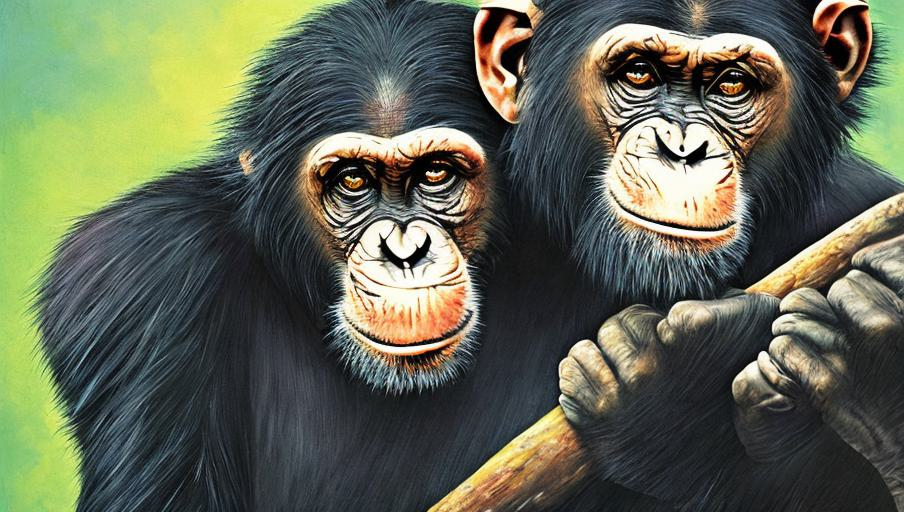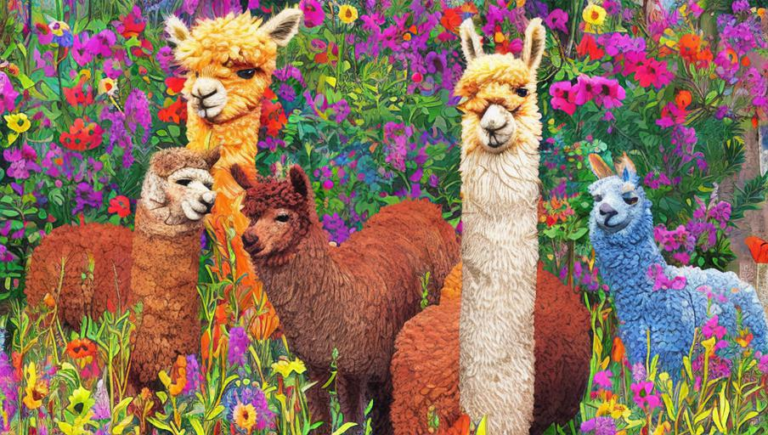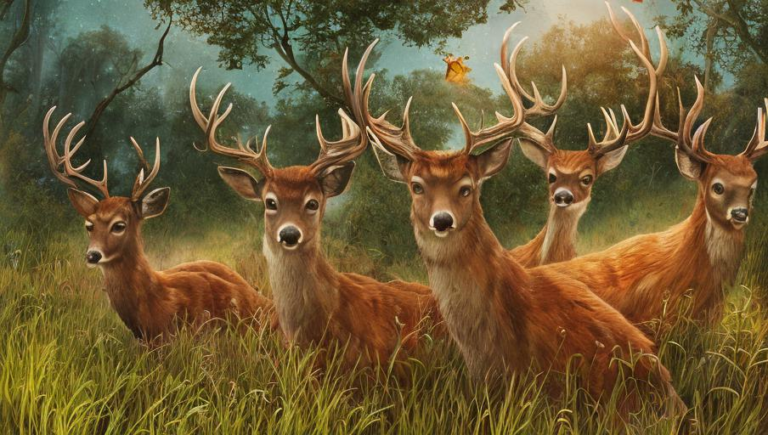Defining the Social Structure of Chimpanzees

Introduction
Chimpanzees are one of the most fascinating and complex primates on the planet. They are considered to be the closest living relatives to humans, sharing up to 98.7% of the same genetic material. While most people are aware of the chimpanzee’s intelligence and level of social interaction, few understand the complexities of the social structure of chimpanzees.
Social Structure
Chimpanzees live in small groups of up to 50 individuals, which are referred to as “fission-fusion” groups. This type of social structure is characterized by a high level of mobility and flexibility. Individuals are constantly moving in and out of the group and there is no permanent hierarchy. Chimpanzees tend to form social bonds with other individuals, and these bonds are based on mutual grooming, food sharing, and other forms of social interaction.
Hierarchy
Despite the absence of a permanent hierarchy in chimpanzee society, there is a definite ranking system based on age and gender. Adult males are at the top of the hierarchy and are known as “alpha males”. These alpha males have the highest social standing in the group and are the most likely to gain access to resources. Adult females are second in the hierarchy, followed by juveniles and infants.
Social Interaction
Chimpanzees use a variety of communication methods to interact with one another. They communicate through vocalizations such as screams, hoots, and coos, as well as through facial expressions, body language, and gestures. Additionally, chimpanzees use physical contact such as embracing, patting, and grooming to show respect and strengthen social bonds.
Conclusion
Chimpanzees live in complex social structures with a strong hierarchy based on age and gender. They are highly social animals and use a variety of methods to communicate and strengthen social bonds. By understanding the social structure of chimpanzees, we can better appreciate the level of intelligence and complexity of these animals.





